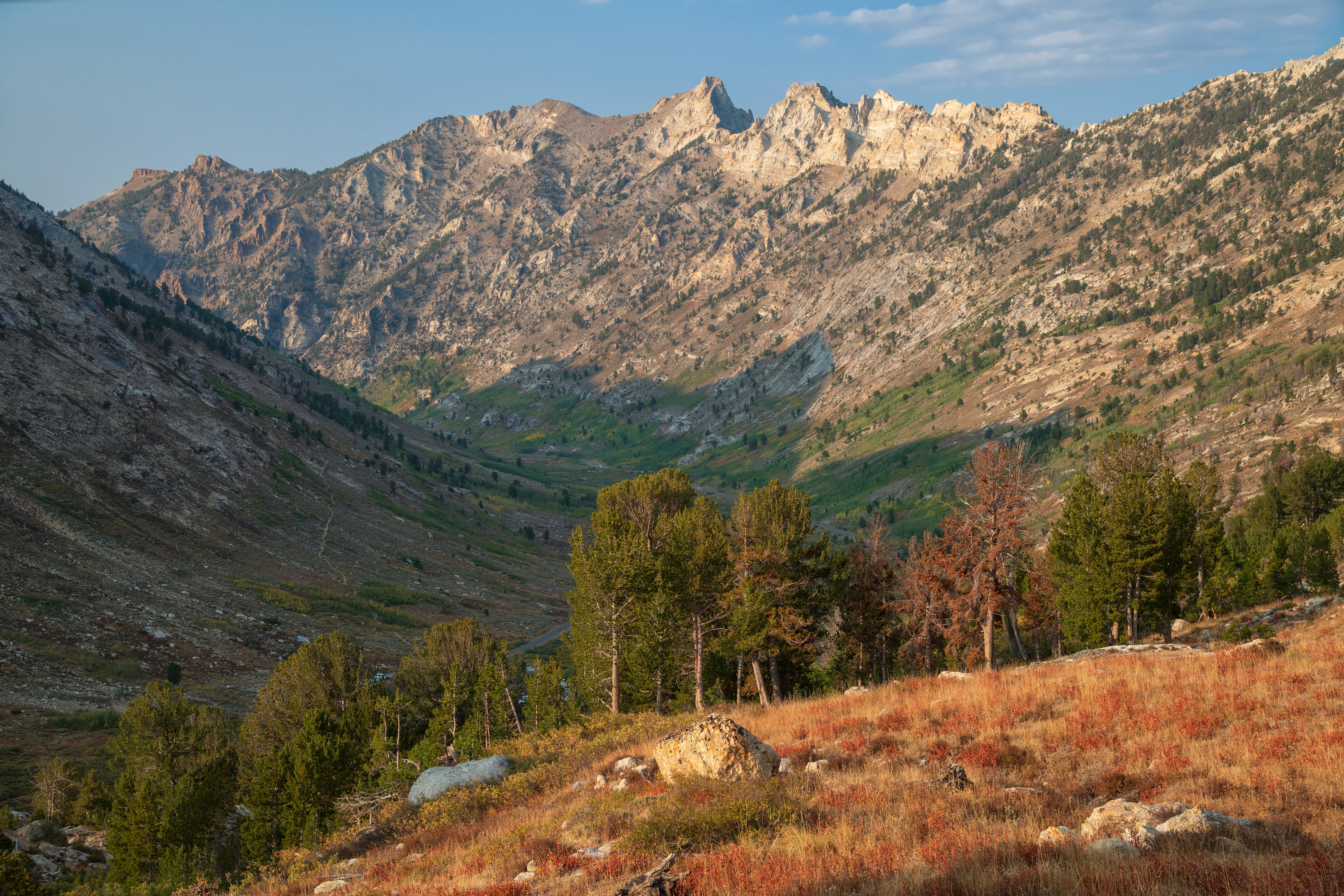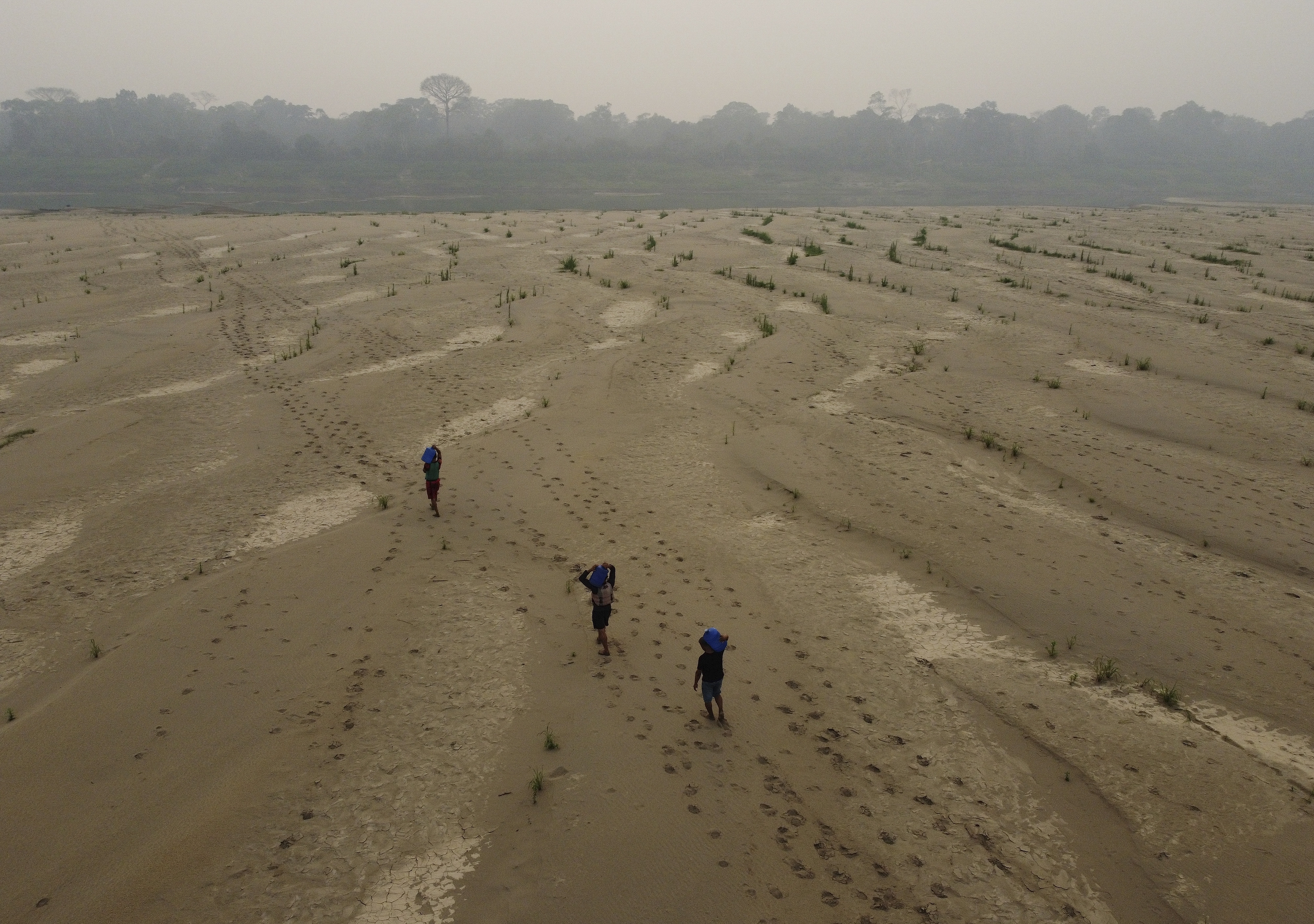This journey began as many three-hour tours have before, on a boat headed to a remote destination, but the island News4 visited in the Chesapeake Bay is undoubtedly unlike any other. Welcome to Poplar Island.
"This is such a unique project," said Kristina Motley with the Maryland Environmental Service.
She’s one of the few people that gets to spend most days there.
"People did used to live on the island," she said.
We've got the news you need to know to start your day. Sign up for the First & 4Most morning newsletter — delivered to your inbox daily. >Sign up here.
But not anymore.
"By the 1920s, the entirety of the town had to move off because they were experiencing such a rapid rate of erosion," she explained.
Over the past 100 years, the island has changed many hands. It was once owned by Campbell's Soup and the Smithsonian Institution. It even hosted a number of presidential hunting retreats.
Changing Climate
News4 is Working 4 You with in-depth coverage of our changing climate. Learn how it impacts your family, your money, your health and your commute.
"We have had a very colorful history,” said Motley.
But by the mid-1990s, there wasn't much left. The roughly 1,140 acres recorded in 1847 had depleted by erosion and sea level rise to less than 5, making the future dim.
By the 1920s, the entirety of the town had to move off because they were experiencing such a rapid rate of erosion.
Kristina Motley, Maryland Environmental Service
That was until the Maryland Department of Transportation Maryland Port Administration and the U.S. Army Corps of Engineers teamed up for an ambitious project to rebuild the island from scratch.
"Something that hasn't been done on this scale anywhere else in the world,” said Project Manager Katie Perkins, who has worked there for 14 years.
She said the results have surpassed everyone’s expectations.
"It would be all open water habitat," she said.
But now the island is bigger and bustling with life.
Constructing an island starts by using what’s called dredge – sediment that is taken every year from the bottom of the Bay's shipping channel leading into the Port of Baltimore.
It has to be removed to make room for those huge ships bringing in items like clothes, coffee and sugar everyone relies on, said Holly Miller with the Maryland Port Administration.
"We have to place it somewhere, and being able to put it into a site like this and then use it for habitat restoration is a benefit not only to the Port of Baltimore, but then also the environment," Miller said.
I think the big takeaway is that you can do something really successful and impressive environmentally with dredge material.
Project Manager Katie Perkins
The dredge was pumped into individually created cells around the island over four to five years, then excavated and prepared for planting – which took another year – to create new wetlands.
"It's amazing to see how quickly things can change,” said Perkins.
News4 saw the difference since the I-Team’s first visit to Poplar Island in 2016. Back then, News4 watched as workers painstakingly planted each piece of grass by hand one by one.
"Once the plants are planted, the habitat really takes off and the animals do come," said Perkins.
And have they come.
"We have seen numbers grow a lot in the past six years," explained Corps biologist Seth Keller.
On the island, there are now turtles, deer and 100 species of bees.
"The project never expected to get as many species as we did," Keller said.
There’s also more than 200 species of birds on the island, which has become a migration stop for many. “It’s a whole continent thing. I mean, you’ll get birds coming from Canada, very far north in Canada, going all the way down to South America. So, the purpose of it is really important,” said Keller.
Plus, almost three dozen types of birds nest there annually, including the endangered terns, which have their own little spot on the island.
"We felt that it was important to give them the best habitat that they could have and make it really beneficial for them to come here and propagate their species,” said Keller.
Keller said even more various animals will likely come as they continue work on the "upland" portion of Poplar.
"I feel lucky that I'm able to be a part of the team, " he said.
Since construction began in 1998, the island has been replenished to 1,715 acres. Dredge will continue to be placed for 10 more years.
"To see it come back it's a really, it's a great experience to see," said Motley.
PHOTOS: Poplar Island Ecosystem Restoration Project
And with dozens of islands in the Bay already having been lost over the past century due to sea level rise and land sinking, the challenge is on to save others just like Poplar.
"I think the big takeaway is that you can do something really successful and impressive environmentally with dredge material," said Perkins.
The Mid-Chesapeake Bay Island Project will soon begin to help restore habitats around two other rapidly eroding barrier islands. Work is scheduled to begin at Barren Island in the fall, then at the larger James Island in 2024, which is expected to have 2,072 acres restored.
The world is noticing what’s going on here, said Motley.
"Places all over the world have come to Poplar Island to see what we're doing here and see what they can implement in their countries," Motley said.
"Building something, like, even bigger than us, it's just such an amazing thing to be a part of," she said.
The public can schedule tours on Poplar during most weekdays.
Reported by Chuck Bell, produced by Rick Yarborough, and shot and edited by Steve Jones.



